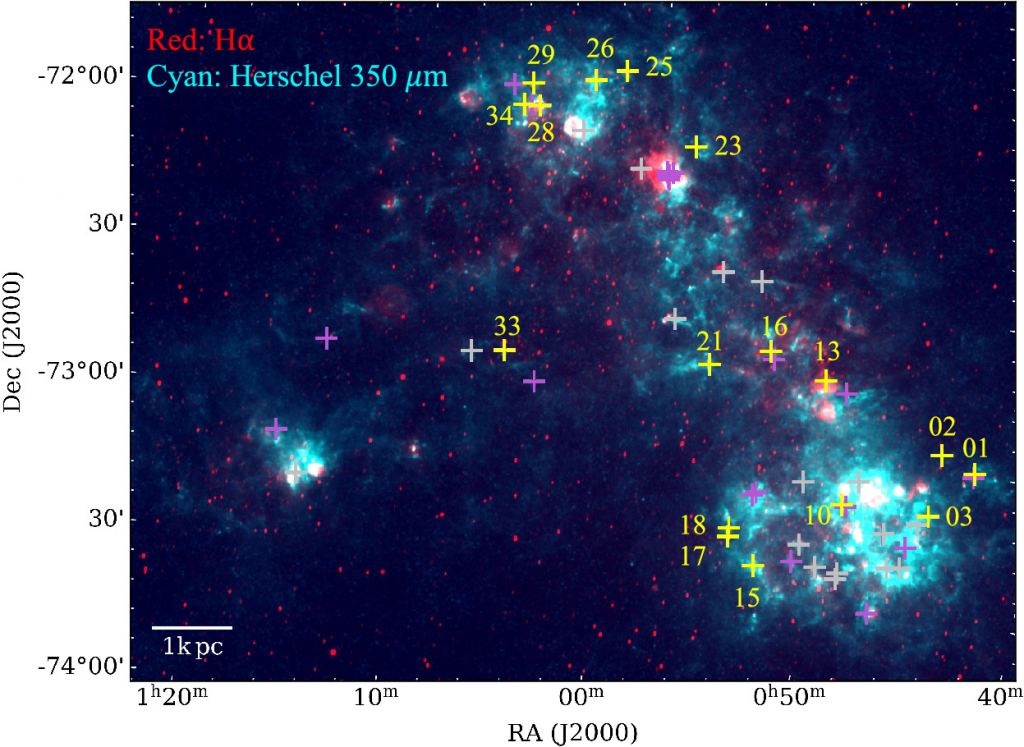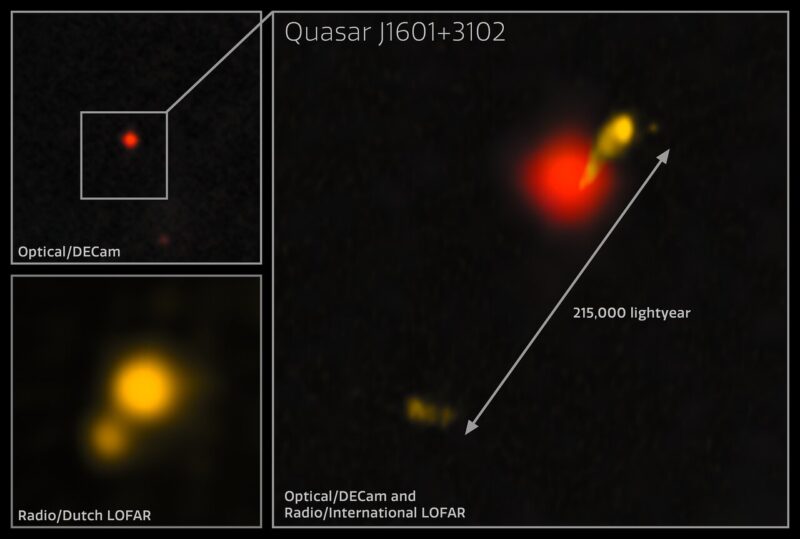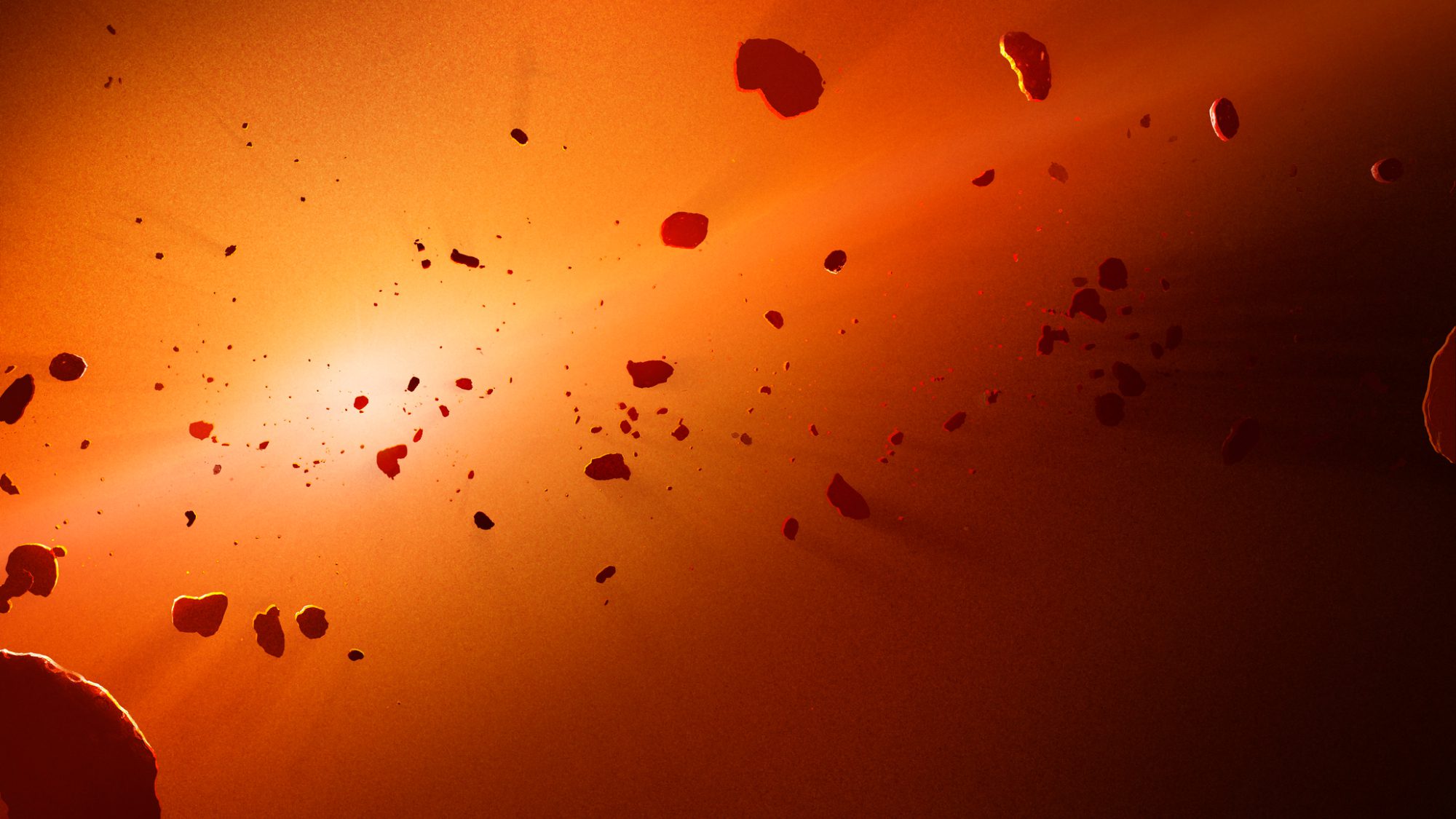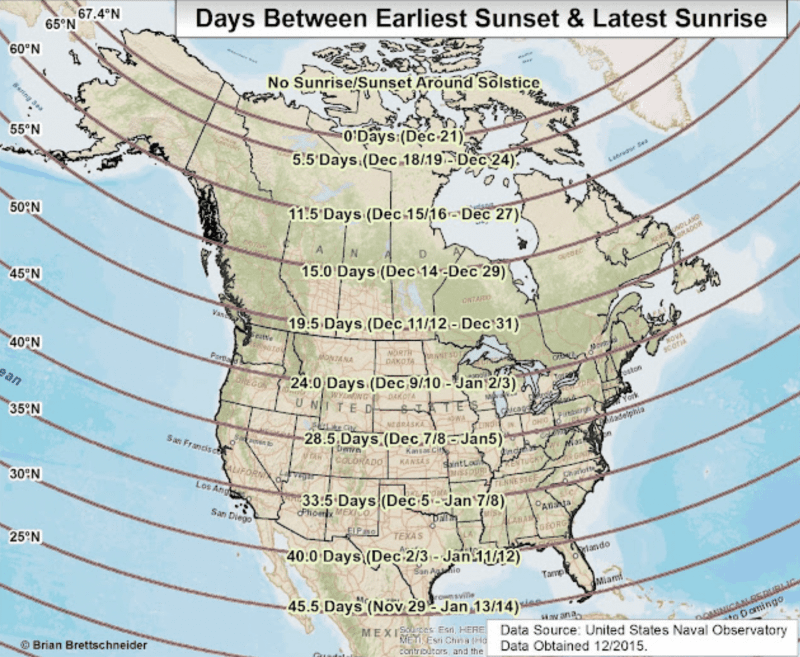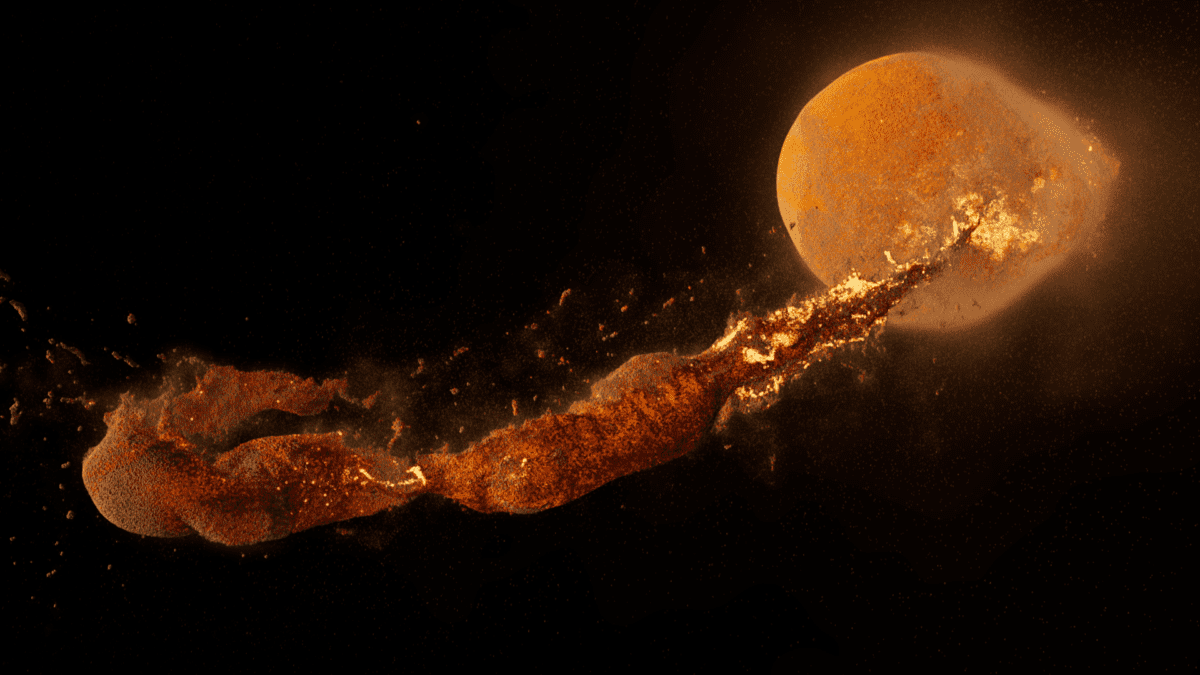Fluffy Molecular Clouds Formed Stars in the Early Universe
Stars form in Giant Molecular Clouds (GMCs), vast clouds of mostly hydrogen that can span tens of light years. These stellar nurseries can form thousands of stars. Astronomers know this because they observe these regions in the Milky Way and the Magellanic Clouds and watch as stars take shape. But the Universe is more than … Read more
